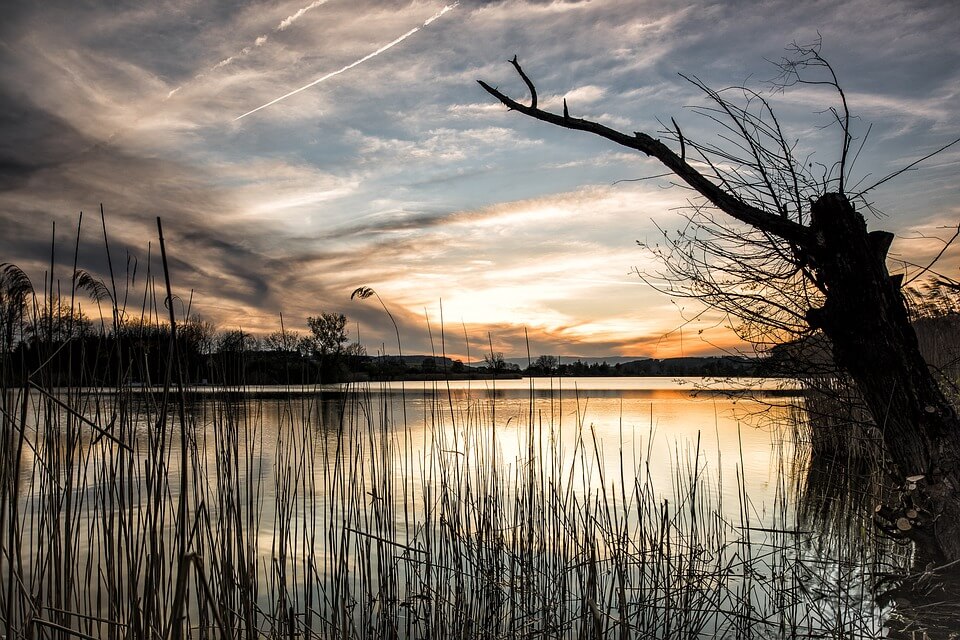Sustainable Environments: Aquatic Vegetation and Safe Chemical Control

The equilibrium of any aquatic environment is fragile and easily threatened by aquatic pests and harmful native and non-native invasive species. Whether it’s a stream, a lake, a bayou, a pond, or a river, many aquatic environments require active management to maintain the health of the ecosystem. Understanding the problems that harmful invasive species can cause as well as the solutions for dealing with them will make for natural water environments that are both healthier and more enjoyable.
Threats and Problems from Aquatic Plants
The right aquatic plants provide a wide range of benefits to their ecosystem, from providing nutrients, oxygen, and nesting habitats for fish to detoxifying chemicals and adding beauty to the environment. The wrong plants – or even an overabundance of the helpful plants – can be devastating to an ecosystem. Besides limiting the enjoyment of water recreation, dense growth of plants like algae can restrict and even eliminate other aquatic life by depleting oxygen supplies and limiting predation, which can reduce the size of some fish populations. Lack of control with native and non-native species of this nature can result in the destruction of the aquatic environment.
Besides restricting recreational activities like swimming and boating, invasive aquatic plants can also cause other issues that limit the enjoyment of these water environments. Decomposition of the plants or the presence of certain algae can discolor water sources and give the water habitat an unpleasant odor. Fishing in ponds and lakes can also be limited as fish populations are suffocated by a depleted oxygen supply or are stunted in growth by dense plants that limit their natural predation.
Aquatic Plant Control
While preventative measures including land design strategies are the best way to avoid issues with aquatic plant pests, there are various methods to remove existing plants. Herbicides, algaecides, and pond dyes are just a few of the possible solutions for eliminating unwanted plant species from water environments. Eco-friendly treatments, such as beneficial bacteria and copper-free algaecides offer plant-control solutions that have less impact on the aquatic habitat. The type of aquatic habitat and its features will determine the right application of these aquatic control chemicals and natural solutions.
Treatment Applications by Environment
Removal of destructive aquatic species can be limited by the size and type of the environment, as well as the species to be removed. Surface-type plants like pondweed and hydrilla can be tackled using spray guns, broadcast pellets and sub-surface extrusion tubes delivered from propeller-driven flat bottom boats. Similar methods deployed from air boats are effective against invasive plants like giant salvinia and alligator weed that can restrict the use of propeller-driven craft. For willow trees, cattails, and other trees taking root in wetland areas, log skidders can deliver pesticides via spray booms and spray guns. High volume spray trucks can use similar methods to tackle pests like cattails and duckweed on ditch banks, shorelines, and even piers.
The right treatment solution for harmful and uncontrolled native and non-native invasive species can be the difference between a thriving, healthy aquatic environment and one that cannot sustain aquatic life or even provide recreation enjoyment. Whether a pond, lake, or other waterways, careful use of aquatic vegetation control can make an aquatic habitat flourish and sustain it for years to come.